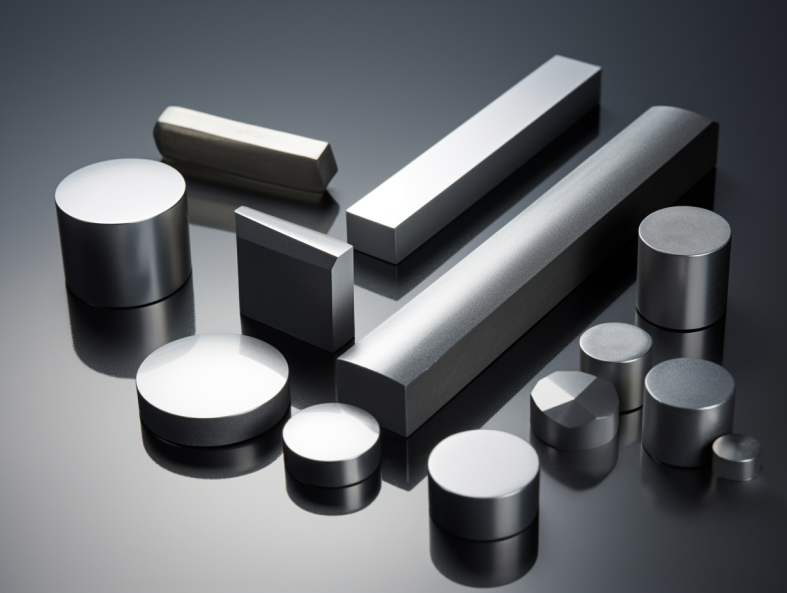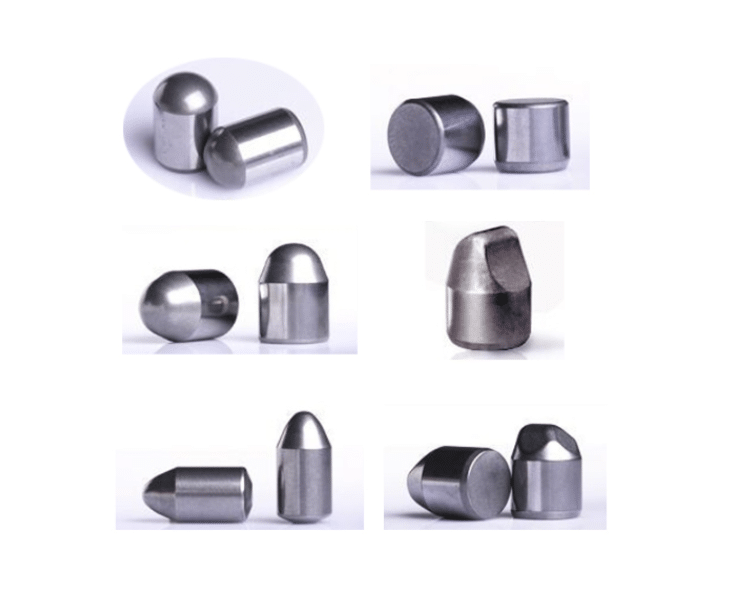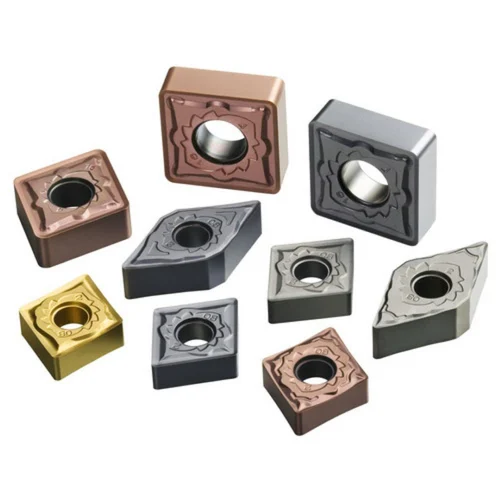Carbide drill blanks are an essential consumable for manufacturing drilling tools and holemaking operations. This guide provides an in-depth look at metric-sized carbide drill blanks, types, coatings, applications, selection factors, suppliers, and FAQs.
Introduction to Metric Carbide Drill Blanks
Carbide drill blanks are unsharpened cutting tool substrates made from tungsten or cobalt-bonded tungsten carbide alloys. They are inserted into toolholders or machining centers to manufacture twist drills, indexable drills, and special boring tools for hole making.
- Metric drill blank sizes range from 1mm to 36mm diameter
- Round, hex shaped, brazed, and pressed blanks for various tools
- Made of rigid tungsten carbide grades resistant to wear
- Enable consistent hole diameter, surface finish, roundness
- Cemented carbide properties retain hardness at high temps
- Reground and reused until consumed unlike disposable inserts
- Require brazing, grinding, or clamping into tool bodies
Choosing the optimal carbide drill blank is crucial for efficient holemaking performance and productivity.
Types of Metric Carbide Drill Blanks
| Blank Type | Description |
|---|---|
| Round Shank | Cylindrical carbide rods in metric diameters |
| Brazed Shank | Carbide tip brazed to steel shank |
| Hex Shank | Hexagonal cross-section for driving into holders |
| Pressed Shank | Rectangular cross-section pressed into holders |
Carbide blanks are made in various standard metric diameters from 1mm to 36mm suitable for hole sizes up to 66mm. Lengths range from 25mm to 135mm.
Specialty blanks for trepanning, chamfering, and other boring operations are also available.

Applications of Carbide Drill Blanks
Metric carbide drill blanks are primarily utilized to manufacture:
- Jobber Length Twist Drills
- Long Series Twist Drills
- Aircraft Extension Drills
- Indexable Drills
- Modular Drilling Heads
- Boring Heads and Bars
- Hole Saws
- Reamers
- Counterbores, Countersinks
They are an economical way to create specialized or custom drilling tools for holemaking requirements not met by standard off-the-shelf drills.
Typical materials and applications:
- Metals – steel, stainless steel, titanium, nickel alloys
- Composites – carbon fiber, fiberglass
- Woodworking – furniture, crafts, construction
- Automotive – components, engines, machinery
- Aerospace – airframes, turbines, fuselages
- Oil & Gas – well drilling, valves, pumps
- Medical – instruments, bone drills, implants
Having a selection of carbide drill blank diameters on hand enables flexible manufacturing of special sized tools as needed.
Carbide Drill Blank Coatings
Coatings are commonly applied to drill blanks to enhance properties:
| Coating | Properties |
|---|---|
| TiAlN | High hardness, temperature and oxidation resistance |
| AlTiN | Improved wear resistance and heat tolerance |
| TiCN | Slick surface to reduce friction and heat |
| TiN | Hard surface layer resists abrasive wear |
| CVD Diamond | Extreme hardness for dry drilling composites |
| DLC | Low friction diamond-like carbon coating |
| PVD Coatings | Various metal alloys and ceramic coatings |
Uncoated blanks are also available when coatings are not required. The optimal coating depends on workpiece materials and operating conditions.
Carbide Drill Blank Grades
Metric carbide blanks are produced from several tungsten carbide grades with different properties. Common compositions include:
| Grade | Description |
|---|---|
| K10 / C1 | Tough general purpose grade for steel |
| K20 / C2 | High wear resistance for cast iron |
| K30 / C3 | High heat and abrasion resistance |
| K40 / C5 | Maximum wear resistance and toughness |
Manufacturers also offer specialty proprietary grades optimized for specific applications like composites or aluminum.
Harder, more wear-resistant grades maintain an sharp cutting edge but are more prone to chipping and breakage unless parameters are adjusted.
Proper grade selection balances tool life, cutting speed, strength, and workpiece material considerations.
Carbide Drill Blank Specifications
Metric carbide blanks are defined by several key specifications:
| Parameter | Typical Range |
|---|---|
| Diameter | 1mm to 36mm+ |
| Length | 25mm to 135mm |
| Cross-Section | Round, Hex, Pressed |
| End Type | Cylindrical, Conical |
| Grade | K10/C1 to K40/C5 |
| Coating | TiAlN, AlTiN, TiCN etc. |
| Tolerance | ±0.02mm to ±0.10mm |
| Surface Finish | < 0.4μm Ra |
| Chamfer | Optional chamfered cutting edge |
Understanding dimensional tolerances is important when manufacturing finishing tools. Ensuring tight consistency between blanks is key.
How to Select Carbide Drill Blanks
Choosing the optimal metric carbide blank requires considering:
- Hole Diameter – Match blank diameter to required hole size
- Drill Length – Choose suitable blank length for tool
- Tool Type – Round, hex, or pressed blank for toolholder
- Workpiece Material – Blank grade and coating to match
- Cutting Speeds – Harder grades allow faster speeds
- Drilling Depth – Longer flute for deeper holes
- Coolant – Coatings influence effectiveness of coolant
- Cost – Balance tool life and blank price
- Availability – Standard sizes often in stock
- Consistency – Tight dimensional tolerances
- Chamfer – Prefaced edge eases drilling initiation
Working closely with the carbide blank supplier ensures selecting optimized grades and geometries.
Purchasing Tips for Carbide Drill Blanks
Follow these guidelines when procuring metric carbide blanks:
- Request certification of grade, tolerance, and coating
- Require inspection reports confirming specifications
- Review supplier’s quality control procedures
- Ask for technical data sheets with details
- Buy from established manufacturers with proven reputation
- Evaluate cutting test performance data
- Compare pricing between several suppliers
- Check stock availability for standard sizes needed
- Request samples to assess consistency
- Consider value of pre-chamfered blanks
- Buy larger quantities for price discounts if feasible
- Negotiate discounted rush delivery as needed
- Clarify return policy for unused blanks
Thoroughly qualifying blanks upfront prevents problems after investing time in manufacturing drilling tools.
How to Choose a Carbide Drill Blank Manufacturer
Choosing the best carbide blank supplier involves:
- Searching for reputable manufacturers
- Evaluating in-house material expertise
- Reviewing production capabilities and facilities
- Requesting technical data and product samples
- Comparing selection of available sizes and grades
- Assessing consistency and dimensional quality
- Validating certification procedures and standards
- Examining cutting performance data
- Considering customization services available
- Checking lead times and rush delivery options
- Reviewing pricing competitiveness for value
- Confirming adequate local inventory and supply
- Investigating customer service responsiveness
Partnering with an experienced carbide producer like Allied Carbide ensures obtaining optimized, inspection-approved blanks tailored to holemaking needs.
Pros and Cons of Carbide Drill Blanks
Advantages:
- Economical way to create special drilling tools
- Available in a wide range of standard metric sizes
- Enables adjusting hole diameter by grinding blanks
- Cemented carbide retains hardness at high temps
- Reusable when worn down vs disposable inserts
- Cuts diverse workpiece materials – metals, composites etc.
- Advanced coatings improve tool life and performance
- Superior consistency versus steel twist drills
- Faster cutting speeds than HSS tools
- Allows custom drill point and flute geometry
Disadvantages:
- Requires tool grinding or brazing to finish drills
- Not as convenient as using off-the-shelf drills
- Limited availability of odd diameters and lengths
- Brittle carbide can chip if feeds/speeds mismatched
- Higher cost than carbon steel drill blanks
- Coating can flake off if run outside parameters
- Need dedicated sharpening processes and equipment
- More technical knowledge needed for manufacturing
- Drilling accuracy dependent on toolmaking craft
With the right expertise, carbide blanks enable optimized holemaking tools tailored to machining needs.
FAQs
What are carbide drill blanks used for?
Carbide blanks are used to manufacture special twist drills, indexable drills, boring heads and other holemaking tools.
How are they different than standard drills?
Blanks must be ground into finished tools versus ready-to-use drills. This allows customizing geometry.
What grades of carbide are available?
Common grades are K10/C1, K20/C2, K30/C3, and K40/C5 with increasing hardness and wear resistance.
What accuracy can you hold on carbide blanks?
Dimensional tolerances are as tight as ±0.02mm on diameter and ±0.10mm on lengths.
What coatings are used on drill blanks?
TiAlN, AlTiN, TiCN, TiN, CVD diamond, and DLC are typical coatings applied to blanks.
How are carbide blanks secured into tools?
Methods include brazing into drill bodies, pressing into chucks, or clamping into holders.
How long do carbide drill blanks last?
Carbide blanks can be resharpened 10-15 times before being consumed unlike disposable inserts.
Are odd size or custom blanks available?
While availability is limited, custom diameters/lengths can be produced through special orders.
What tool types use carbide blanks?
Twist drills, indexable drills, boring heads, chamfer tools, reamers, and hole saws utilize blanks.
How should you store unused blanks?
Proper storage in sealed cases prevents contamination or damage which can ruin blanks.




